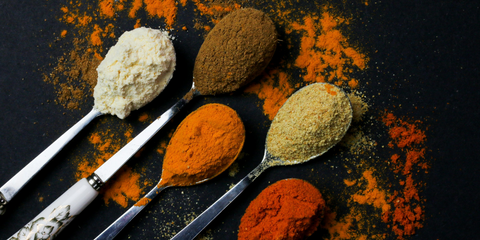Originating from France, Hollandaise sauce has been a firm favourite for centuries. This delicate yet flavourful sauce is traditionally paired with dishes such as Eggs Benedict, asparagus, and fish. Its rich, smooth, and creamy texture adds a luxurious dimension to any dish. This perfect companion to your breakfast or brunch is surprisingly simple to make, and with the right technique and a little patience, you can create a restaurant-quality Hollandaise sauce in your own kitchen.
Ingredients:
- 4 egg yolks
- 1 stick (1/2 cup) of unsalted butter, melted
- 1 tablespoon of lemon juice
- 1/2 teaspoon of salt
- 1/4 teaspoon of cayenne pepper (optional)
Preparation:
- Prepare the Base: Begin by separating the yolks from the egg whites, ideally using a yolk separator to ensure that no egg whites remain. Place the egg yolks into a stainless steel bowl. Add lemon juice, salt, and cayenne pepper (if using). Whisk these ingredients until they turn a pale yellow colour. Place the bowl over a pan of gently simmering water, ensuring that the bowl does not touch the water. Slowly add the melted butter to the mixture, whisking constantly. This should be done gradually to allow the egg yolks to emulsify with the butter. Continue whisking until the mixture thickens to a consistency that coats the back of a spoon. If the sauce appears too thick, you can add a tablespoon of warm water to thin it out.
- Serve and Garnish: Remove the sauce from the heat, and serve immediately. Hollandaise sauce is best used fresh and should ideally be served as soon as it is made. Pour the sauce over poached eggs, roasted asparagus, or grilled fish, or use it as a dipping sauce for steamed vegetables. Remember, Hollandaise sauce is rich, so a little can go a long way.
Tip:
Given how quickly it can coagulate, it's important to keep the heat gentle when making Hollandaise sauce. If the sauce overheats, it can curdle, so ensure the water in your pan is simmering, not boiling. Also, refrain from leaving the sauce over heat after it has thickened to prevent it from breaking and separating. Should the sauce break despite your best efforts, you can fix it by whisking in a tablespoon of boiling water until it comes together again.



Comments (0)
There are no comments for this article. Be the first one to leave a message!